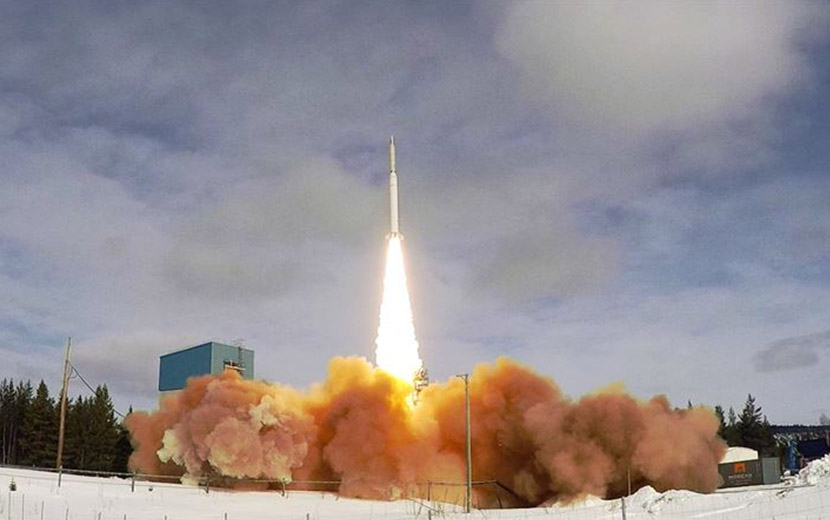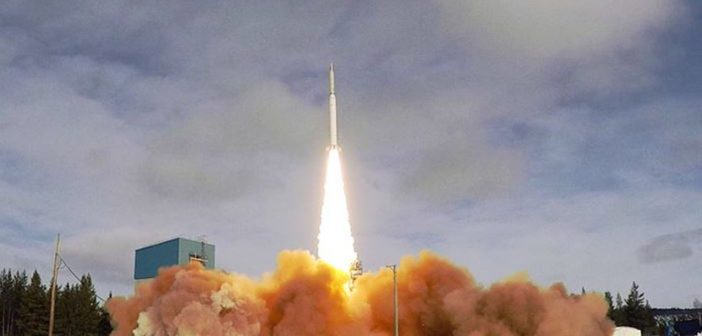
How can humankind benefit from space research? Well, the applications are almost unlimited. One example, an experiment onboard SSC’s SubOrbital Express-3 rocket, aims to provide answers to the questions around type 1 diabetes.
Around nine million people worldwide suffer from the autoimmune disease type 1 diabetes. The cause of the disease, or methods to prevent it, are still unknown but intense research is currently being done in the field. During this autumn, a diabetes experiment from Uppsala University in Sweden will be launched into Space from Esrange Space Center outside Kiruna.
“This is a biological experiment with living stem cells and insulin-producing beta cells that will be exposed to microgravity for about six minutes at an altitude of 260 kilometers. There is good potential for us to influence beta cell proliferation and function, to help treating diabetes patients with stem cells,” says Elena Kozlova, Professor and Researcher at Uppsala University.
Patients with type 1 diabetes have broken beta cells. The space experiment this autumn aims at investigating different ways to stimulate the production of insulin by interacting a type of stem cell with beta cells from the pancreas of mice. In previous experiments, microgravity has shown to be beneficial for the reproduction of beta cells, and the hope is that the new results will become part of a possible treatment in the future.
“Gravity often has a strong influence on the experiments that we work with. Therefore, in some cases, different mechanisms can be easier to study in microgravity. We are very happy to get such an important experiment onboard our suborbital rocket. It is wonderful that both Sweden and SSC can be part of this research, says Alf Vaerneus,” Project Manager at SSC.
SubOrbital Express is a commercial suborbital rocket with various experiments onboard. SSC develops software, mechanics and design, while the engine, type VSB-30, is supplied by an external party. The rocket, 12.6 meters high, can carry up to 400 kilograms to Space at a speed between Mach 12-13. Preparations for SubOrbital Express-3 have been ongoing for just over two and a half years and the launch is scheduled to mid-November this year.





